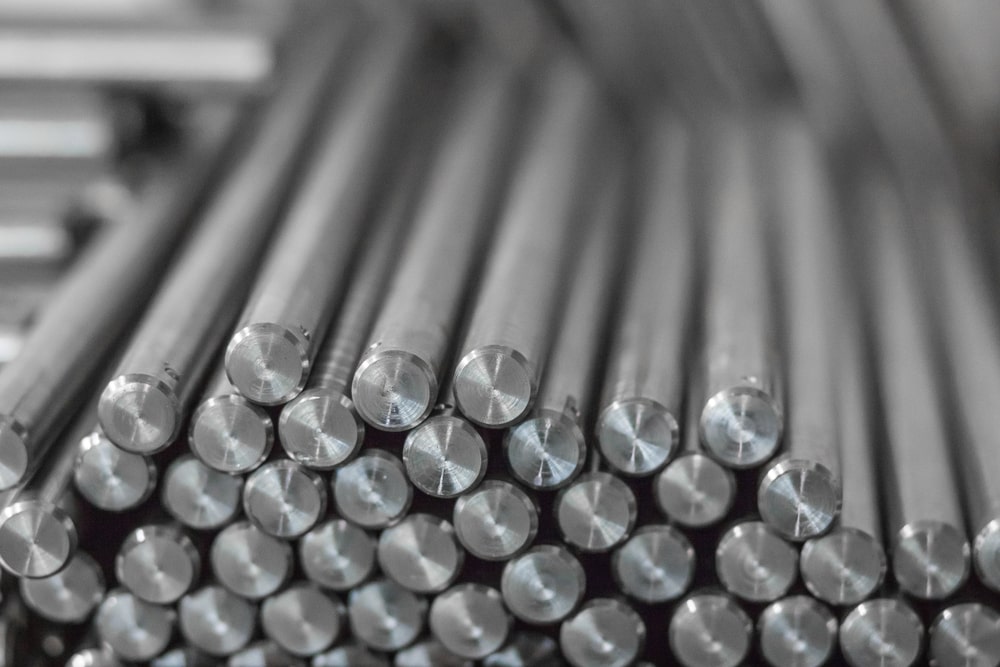
430f vs. 430 Stainless Steel Round Bar
Introduction
When it comes to selecting the right stainless steel round bar for your applications, understanding the nuances between different grades is crucial. In this article, we delve into the essential distinctions between 430f and 430 Stainless Steel round bars, shedding light on their unique properties and applications.
Composition and Characteristics
430f Stainless Steel
430f Stainless Steel is a free-machining variation of the basic 430 grade. The ‘F’ in its name stands for “free machining,” indicating its enhanced machinability. This is achieved through the addition of sulfur, which forms manganese sulfides, facilitating smoother and more efficient machining processes.
430 Stainless Steel
On the other hand, 430 Stainless Steel is a non-hardenable steel that contains 17% chromium. It offers excellent corrosion resistance in mildly corrosive environments, making it a popular choice for various applications. Its magnetic properties and corrosion resistance make it suitable for kitchen appliances, automotive trim, and architectural applications.
Corrosion Resistance
430f Stainless Steel
One of the primary distinctions lies in their corrosion resistance. 430f Stainless Steel round bar is designed for improved machinability but may sacrifice a bit of corrosion resistance compared to its counterpart. This makes it ideal for applications where machinability takes precedence over absolute corrosion resistance.
430 Stainless Steel
430 Stainless Steel, on the other hand, excels in corrosion resistance, making it suitable for applications where exposure to corrosive elements is a primary concern. It is often chosen for kitchen equipment and other environments where corrosion is a potential threat.
Applications
430f Stainless Steel
Due to its enhanced machinability, 430f Stainless Steel finds its niche in applications that require intricate shapes and designs. Industries such as electronics and automotive benefit from its ability to be easily machined into complex components.
430 Stainless Steel
430 Stainless Steel, with its superior corrosion resistance, is commonly used in the manufacturing of kitchen appliances, cutlery, and other items that come into contact with moisture and corrosive substances.
Machinability and Formability
430f Stainless Steel
The addition of sulfur in 430f Stainless Steel significantly improves its machinability. This allows for efficient machining processes, reducing tool wear and production time. Forming and shaping intricate components become a smoother process with this variant.
430 Stainless Steel
While 430 Stainless Steel may not match the machinability of its ‘F’ counterpart, it still offers reasonable formability. Its non-hardenable nature allows it to be bent and shaped to meet specific design requirements.
Magnetic Properties
430f Stainless Steel
Both grades exhibit magnetic properties, but the machinability-focused 430f Stainless Steel may have a slightly lower magnetic permeability compared to standard 430.
430 Stainless Steel
430 Stainless Steel is inherently magnetic, which is a characteristic that can be advantageous in various applications, including those where magnetic properties are essential.
Conclusion
In conclusion, the choice between 430f and 430 Stainless Steel round bars ultimately depends on the specific requirements of your application. If machinability is a top priority and corrosion resistance is secondary, 430f Stainless Steel is the ideal choice. On the other hand, if corrosion resistance takes precedence without sacrificing overall durability, 430 Stainless Steel is the go-to option.
By understanding the differences outlined above, you can make an informed decision that aligns with your


